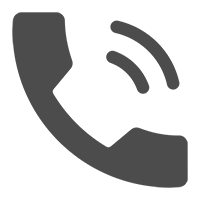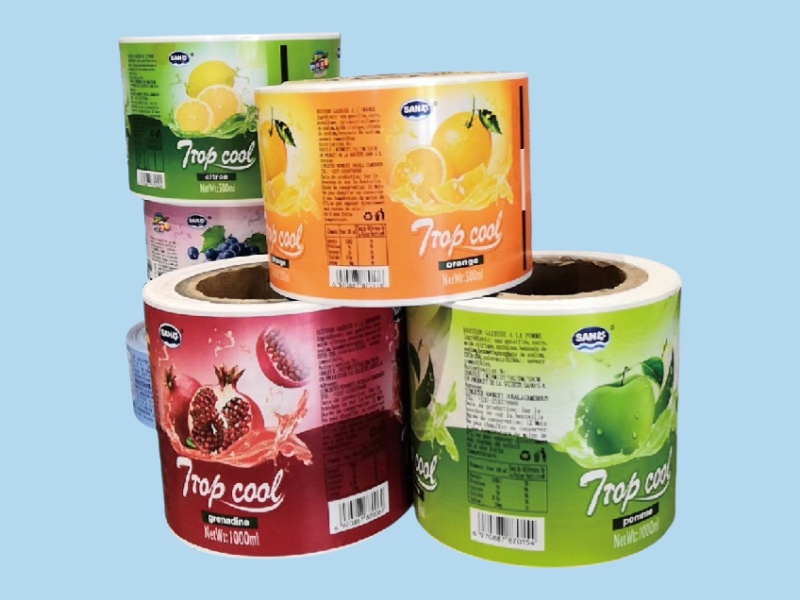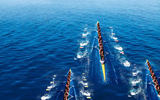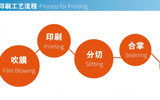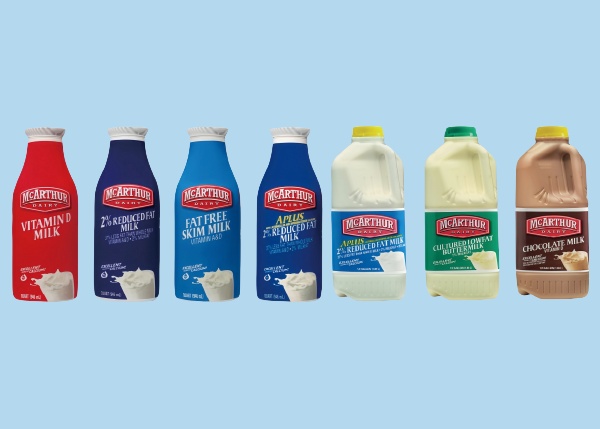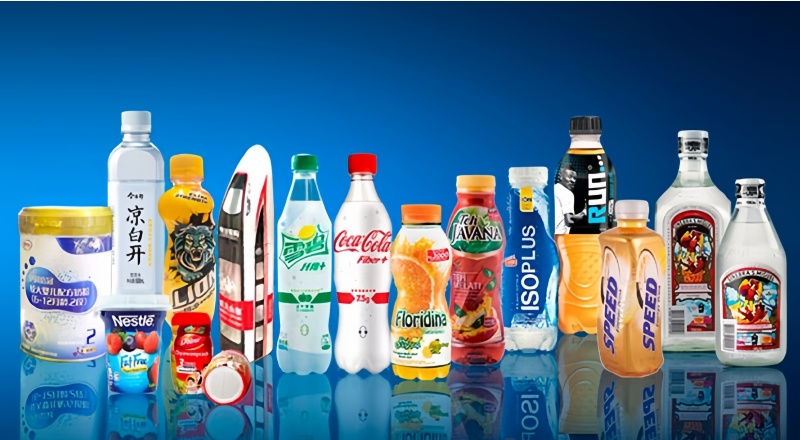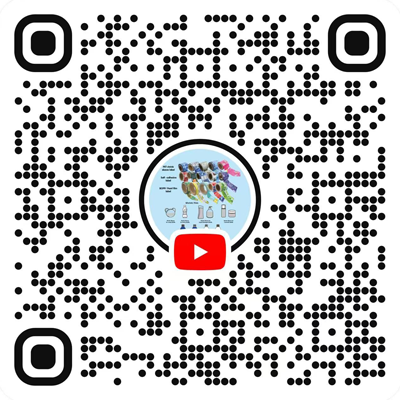Determining the size and shape of
self-adhesive labels mainly revolves around four key elements: product containers, information requirements, usage scenarios, and visual effects. The process follows a logical sequence of "determining the size first, then selecting the shape," while also considering the convenience of application and cost control.
I. Determining the Size: Starting from "Carrying Capacity" and "Physical Constraints"
The size must simultaneously meet the requirements of "complete information presentation" and "fitting the container / carrier." This can be judged from three dimensions:
Information carrying capacity: First, list the contents that the label must include (such as brand logo, product name, ingredients, QR code, production date, etc.), and estimate the minimum area required based on the minimum clear size of text / graphics (for example, the font size should not be smaller than 6-point, and the QR code should be at least 2cm×2cm). For instance, a label that only prints the price can be as small as 2cm×3cm, while a food label that needs to print the ingredient list may require an area of 5cm×8cm or larger.
Carrier / container size: The label size cannot exceed the available area of the carrier and should reserve edge space (typically 1-2mm) to prevent label misalignment.
Flat carrier (such as square paper boxes): The width / height of the label should be less than the width / height of the corresponding face of the carrier. For example, for the side of a 10cm×8cm paper box, the maximum size of the label can be set at 9cm×7cm.
Curved carrier (such as round bottle bodies): The width of the label should be adapted to the circumference of the bottle body, avoiding excessive overlap at both ends (suggested overlap not exceeding 5mm). For instance, for a bottle with a diameter of 5cm (circumference about 15.7cm), the width of the label can be selected between 10-14cm.
Labeling equipment / method: If using an automatic labeling machine, refer to the minimum / maximum labeling size range supported by the equipment (for example, some equipment supports a minimum label size of 1.5cm×1.5cm); if labeling manually, the size should not be too large (suggested single label not exceeding 15cm×10cm), otherwise it may be prone to misalignment and wrinkling.
II. Determining the Shape: Balancing "Visual Effect" and "Practicality"
The shape needs to strike a balance between "attracting attention" and "easy production and application," mainly following three selection logics:
Conventional shapes: Preferred choice, low cost and easy production
Suitable for scenarios without special packaging design requirements, such as food and daily necessities. Common shapes include:
Rectangular (including long and square): Most universal, with the lowest printing and die-cutting costs, and simple positioning during application, less prone to misalignment.
Circular / elliptical: Suitable for bottle caps and small containers (such as the tail end of a tube of ointment), providing a softer visual effect and a more refined appearance than rectangles. However, the diameter / major and minor axes should be adapted to the size of the carrier.
Irregular shapes: Selected as needed, enhancing brand recognition
Suitable for scenarios requiring differentiated packaging (such as cosmetics and cultural and creative products), and should be designed in combination with brand elements or product characteristics. For example:
Brand logo-derived shapes: Making the label in the shape of the brand logo (such as the Starbucks cup sleeve label, Apple product stickers), strengthening brand memory.
Product-related shapes: For instance, making snack labels in the shape of snacks (long and thin for potato chip bags, round for candies), or making skincare product labels in the shape of water droplets, fitting the product attributes.
Note: Die-cutting for irregular labels requires custom die-cutting tools, and small batch orders will increase costs. Complex irregular shapes (such as those with multiple sharp corners or irregular curves) may cause the edges to lift during application.
Special functional shapes: Selected based on needs, combining practicality
For scenarios with specific functional requirements, such as:
Labels with easy-tear tabs: For example, logistics labels designed as "rectangular + a small triangular easy-tear tab on one side," facilitating quick removal by users. Segmented shape: For instance, a medicine label can be designed as "main information area + detachable secondary label (such as medication reminder)", which takes into account both information display and practical functions.
III. Key Considerations: Avoiding Pitfalls
Reserve bleed allowance: When designing, a 1-2mm "bleed allowance" (i.e., the part of the pattern that extends beyond the final cut size) should be reserved on the label's edge to prevent white edges from appearing due to errors during die-cutting.
Adapt to material characteristics: Film-based self-adhesive materials (such as PET, PVC) are flexible and can be made into complex shapes; paper-based self-adhesive materials are prone to damage, so it is recommended to choose shapes with rounded corners (such as rounded rectangles) to avoid sharp corners that are prone to breaking.
Sample small batches first: If custom-shaped labels or special sizes are required, it is recommended to first produce 1-2 samples and test them on the actual carrier:
Check for adhesion: Inspect whether the corners are lifting or if there are wrinkles on curved surfaces.
Check for clarity of information: Confirm that the text and patterns can be read normally at the actual size (such as whether the QR code can be scanned).
If you have a specific product carrier (such as "a 5cm×10cm square paper box" or "a 3cm diameter round bottle cap"), or know the information that needs to be included on the label, I can help you design 2-3 sets of self-adhesive label size and shape options. Do you need this?

